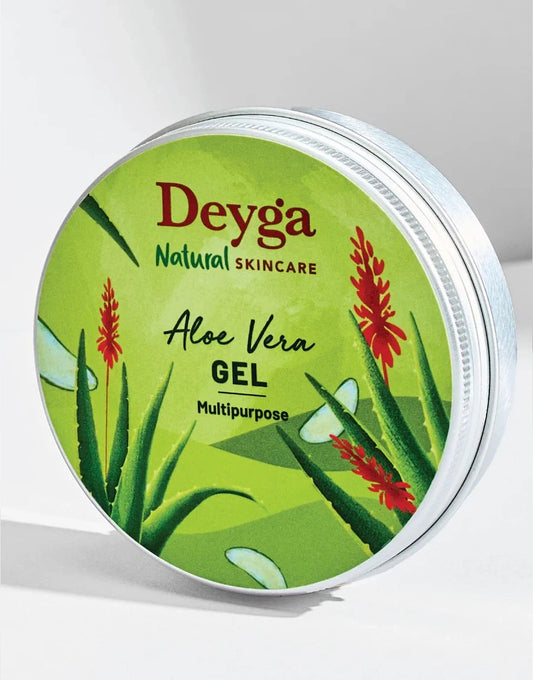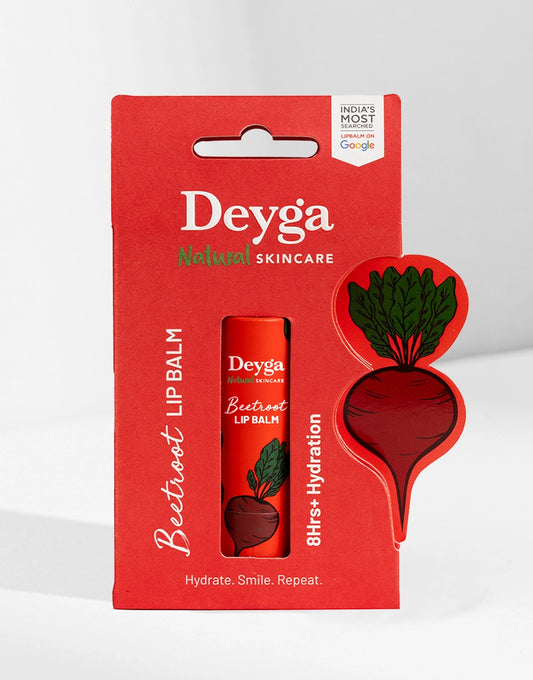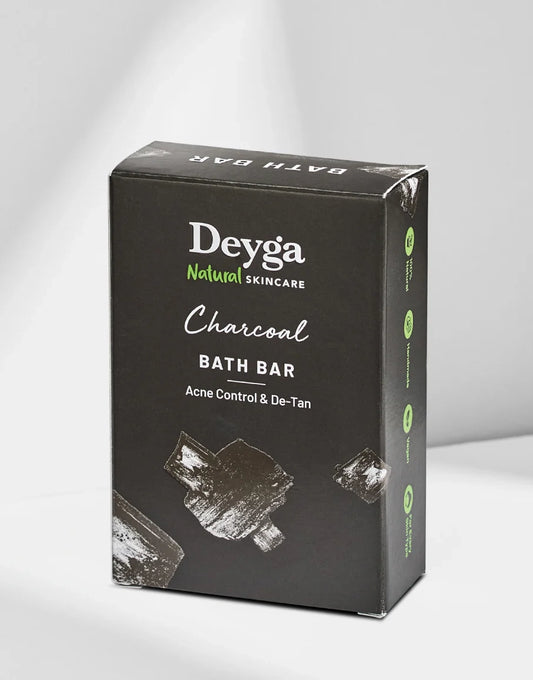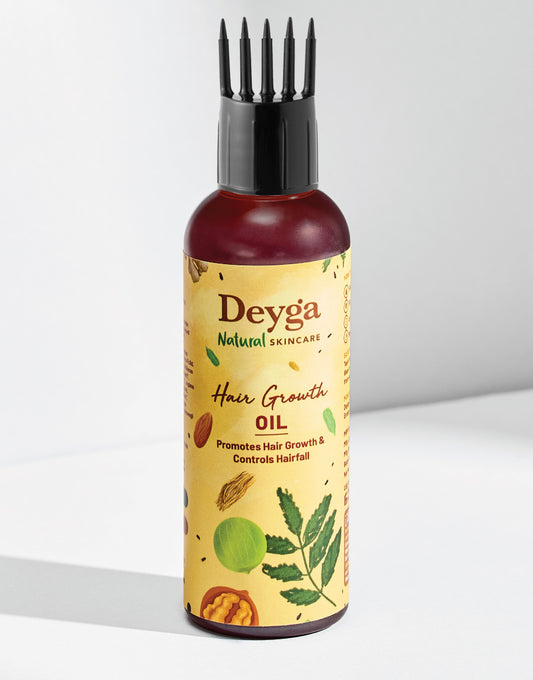If we step out in the sun, tan comes with us uninvited to the house. And the question that arises will be, does sunscreen prevent skin tan? And the answer is, sunscreen does not block tan completely, but will reduce the intensity. They act as a shield for your skin which prevents signs of premature ageing, sunburn, and even the spots & pigmentation on the skin.
Here is a detailed guide which helps in making you choose the right sunscreen and ways to use them effectively in an AM routine.
Does Sunscreen Actually Prevent Tanning?
In short, they will not prevent skin tan, but will reduce tanning and its effects on the skin. Even if you are applying sunscreen, there are chances where your skin gets tanned, because of the UV radiation. It will stimulate the melanin production, which is a pigment responsible for skintan. Even when you are using SPF, it is important to reapply them once in two to three hours.
The protection levels depends on various factors like:
-
SPF Level - When you go with higher SPF levels, it may lead to better protection and not completely.
-
Sunscreen Protection - Provides broad spectrum protection against UVA rays.
-
Re-application - Reapplying after 2 to 3hrs is mandatory especially if you are outdoors, swimming or sweating.
Why Tanning Damages Skin
Skin tan is a sign of damage, which most dermatologists warn about. When your skin is darkened due to sun exposure, the body defends itself from harmful UV rays. The UV rays tend to damage the DNA skin cells, and cause way more melanin production in the skin. This causes skin tan and will lead to skin discoloration.

Healthy tan is a sign of misleading; Tan is a sign which is a reminder that UV rays have damaged the skin’s surface. To keep the skin healthy and safe, using sunscreen is mandatory; Also wear protective clothes which are safe for the skin and avoid too much exposure under sun. Protecting your skin not only prevents skin tan, but also reduces skin issues like signs of premature aging and skin cancer.
Choosing the Right Sunscreen for Maximum Protection
When you choose sunscreen wisely, it helps in reducing skin tan and skin burns. There are democrats who recommend broad spectrum sunscreen, with SPF 30, SPF 50, and above. Also there are two types of sunscreen - physical vs chemical sunscreen. Both work differently, but provide protection to the skin against UVA rays and UVB rays.
Considering choosing between mineral and chemical sunscreens:
-
Mineral sunscreens help in providing immediate protection post application. They are the perfect choice for sensitive skin, and irritates the skin.
-
Chemical sunscreens, when used, wait for some time before stepping out. They absorb and send away the radiation. There are ingredients which tend to irritate skin.
|
Skin Type/Need |
Recommended Sunscreen Type |
Key Features to Look For |
|
Sensitive Skin |
Mineral Formula |
Zinc oxide, fragrance-free |
|
Oily/Acne-Prone |
Oil-free, non-comedogenic |
Matte finish, light texture |
|
Dry Skin |
Hydrating formula |
Hyaluronic acid, glycerin |
|
Dark Skin Tones |
Clear or tinted mineral |
No white cast |
|
Sports/Water |
Water resistant (80 min) |
Sweat-proof, rub-resistant |
Sunscreen Application for Proper Protection
When the application is properly done, the protection is under question mark. It is important to use the sunscreen properly, so that it covers all the parts of the face. When you tend to reduce the quantity since they feel too much, or leave a white cast, and more, they may lead to reduced effectiveness.
Here is a simple guide on how to use sunscreen and how much to be used:
-
Take two finger, and apply all over your face, including neck, ears, under-eye area.
-
Make sure to apply 10to 15mins priori while stepping out in the sun.
-
If you are under sun exposure for more than a couple of hours, ensure to reapply.
-
Apply sunscreen on your body, where you can focus on areas like hands and legs since they are way more exposed to sun.
-
If you are into swimming or any kind of sports activities, which makes you sweat out, ensure reapplication.
Also one of the common myths is when higher SPF is applied, the protection will be longer. Regardless of the SPF value, the stay is there based on the exposure to UV light, sweat, and other factors.
Sun Protection - Tips & Tricks
Considering the dermatologist advice and guidance, here are some important steps for effective sun protection:
-
Make applying sunscreen, a mandatory step in your morning skin. Go with sunscreens irrespective of cold/windy climatic conditions.
-
Like your face, your body skin should also be protected by SPF. Focus on areas
-
Do not use sunscreen as creams. A small pea sized amount cannot give you full protection; So, apply generously, and blend them well.
-
Reapply every two hours if you are under sun-exposure or sweating.
-
Make sure to also protect your skin with caps, hats, or even clothing that is skin-friendly.
Conclusion
Sun Protection is not just sun protection, it's the damages and prevention of sunburn. Using sunscreen regularly helps in protecting the skin from signs of ageing and even skin cancer. Incorporating sunscreen SPF in your daily routine helps in making your skin healthy and glowing after consistent usage.
FAQs
Can you still get tan with sunscreen on?
Yes. Sunscreen helps in reducing the UV penetration but they don't block them. Even when using sunscreen, some kind of rays will enter the skin, and will cause skin tan.
Does higher SPF prevent tanning better?
Yes. Higher SPF means more protection; They help in blocking the more percentage of UVB rays.
Is there any such thing as a safe tan?
No, Tan is caused by UV damage, which increases the risks of premature ageing and even skin cancer.
Why do I still get tan when wearing high-SPF sunscreen?
It may be due to many factors like too much exposure to sun, not applying enough sunscreen, or even less to no-repplication.
Can you tan through windows?
Yes. Through glass windows, UVA rays only will get blocked. UVB rays will not.
Does base tan protection work?
No. A base tan provides an SPF which is negligible. It doesn’t protect against sunburn or skin damage.
Do tanning beds provide vitamin D benefits?
No. Tanning beds will emit UVA rays, and they do damage skin and cause the risk of cancer.
Does sunscreen block vitamin D production?
Not Completely. But sunscreen does reduce UVB exposure, which is one of the must-have factors in vitamin D.
How much sunscreen should I use on my face?
You can use about 2 to 3 finger rules for your face.
Can dark-skinned people get away without sunscreen?
No. Darker skin generally has more melanin protection. They are not immune to UV damage, and signs of aging.
 Track My Order
Track My Order












